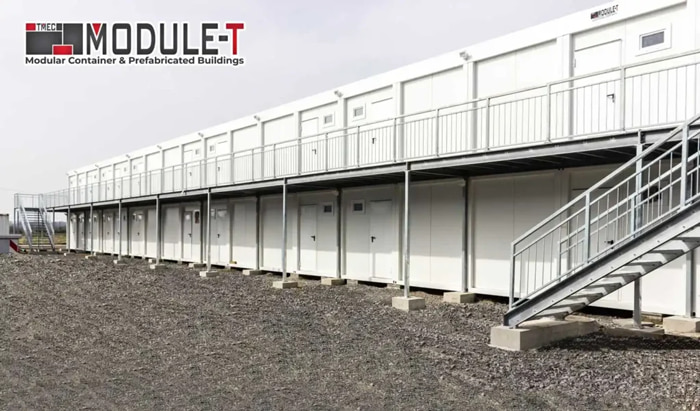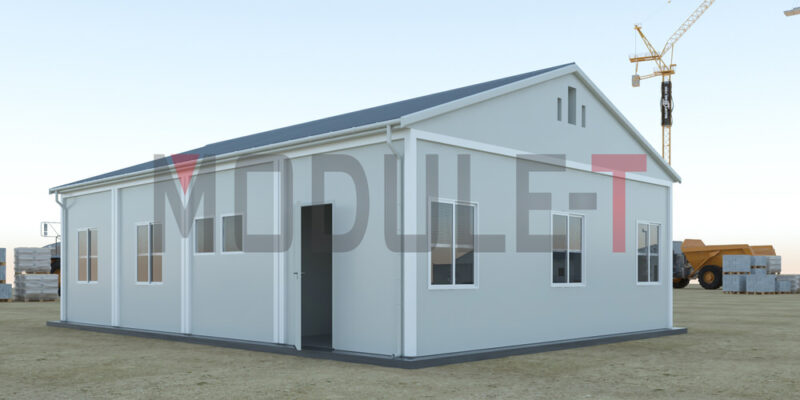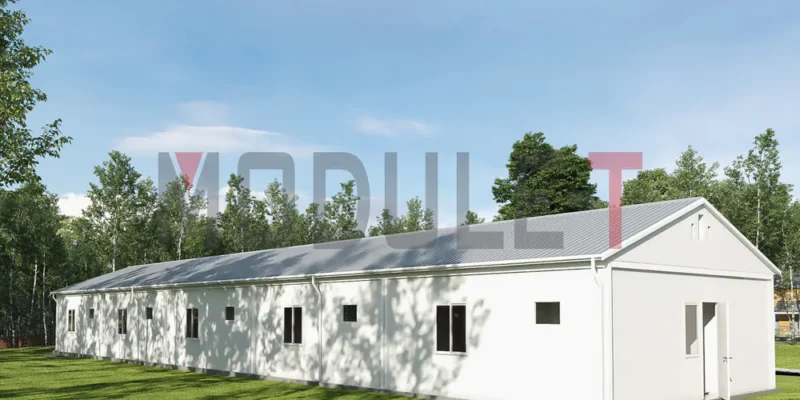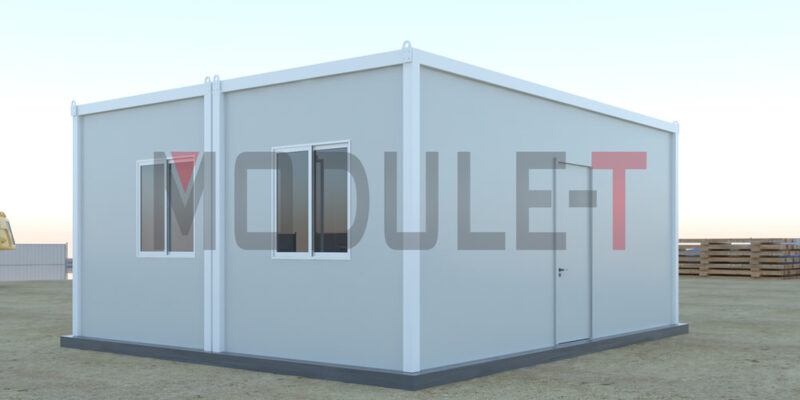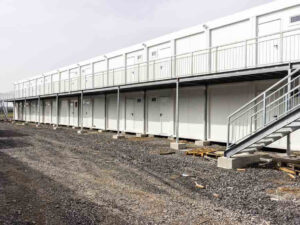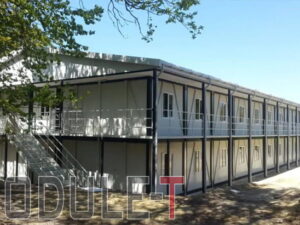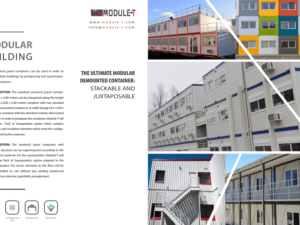Technical Specifications of Prefab Buildings
The structural components of modular prefabricated buildings include rigid frames and high-quality insulating materials that enhance energy efficiency and climate control. Roofing and flooring are typically made from durable materials like metal or engineered wood, ensuring aesthetic appeal and structural integrity. Utility systems like electrical and plumbing are pre-installed, streamlining the on-site assembly process.
Exterior finishes, such as cladding and siding, provide additional protection against environmental elements, while interior design options offer customization for various applications. This approach allows prefab modular structures to be tailored to specific requirements, ensuring functionality and comfort.
Transportation and Assembly of Prefabricated Buildings
Efficiency is the key to designing modular and prefabricated buildings that can be easily transported anywhere. Modules are commonly transported as sections, reducing construction time spent on site. The assembly process is efficient and organized, using factory production precision. The modules are integrated on-site, creating a unified structure that complies with strict quality specifications.
The simplified process reduces project timeframes, saves labor costs, and removes the environmental burden. Modular prefabricated buildings are easy to assemble, so they establish projects that need urgent deployment, like emergency houses or remote site facilities. This deviation from traditional construction techniques provides unique flexibility and efficiency.
Areas Where Modular Prefab Buildings Can Be Used
Modular prefabricated buildings are flexible options that satisfy multiple needs of various industries and environments; therefore, they find applications in different environments. Some of them are listed below:
- Urban Housing Solutions: It solves urban housing shortages by providing rapid and environmentally friendly alternatives for residential development in highly populated cities.
- Industrial Campuses: They increase productivity on industrial sites and are suitable for factory prefab offices, worker camp solutions, and plant facilities.
- Educational Institutions: They can easily be implemented in academic settings to provide temporary classrooms or extra school buildings during expansions.
- Healthcare Facilities: Medical field hospitals or temporary clinics are immediately constructed in emergencies, making health infrastructure development possible.
- Military Camps: Modular and prefab buildings can be utilized in military applications, providing convenient and flexible space for living provisions on various sites.
- Mining Sites provide simple and flexible alternatives to housing requirements and operating stations in isolated mining areas.
- Disaster Relief: When a disaster strikes, they are their source of immediate and safe accommodations to house victims.
- Eco-Friendly Vacation Homes: They could represent an economical, sustainable, and flexible approach towards eco-friendly vacation houses in scenic locations.
